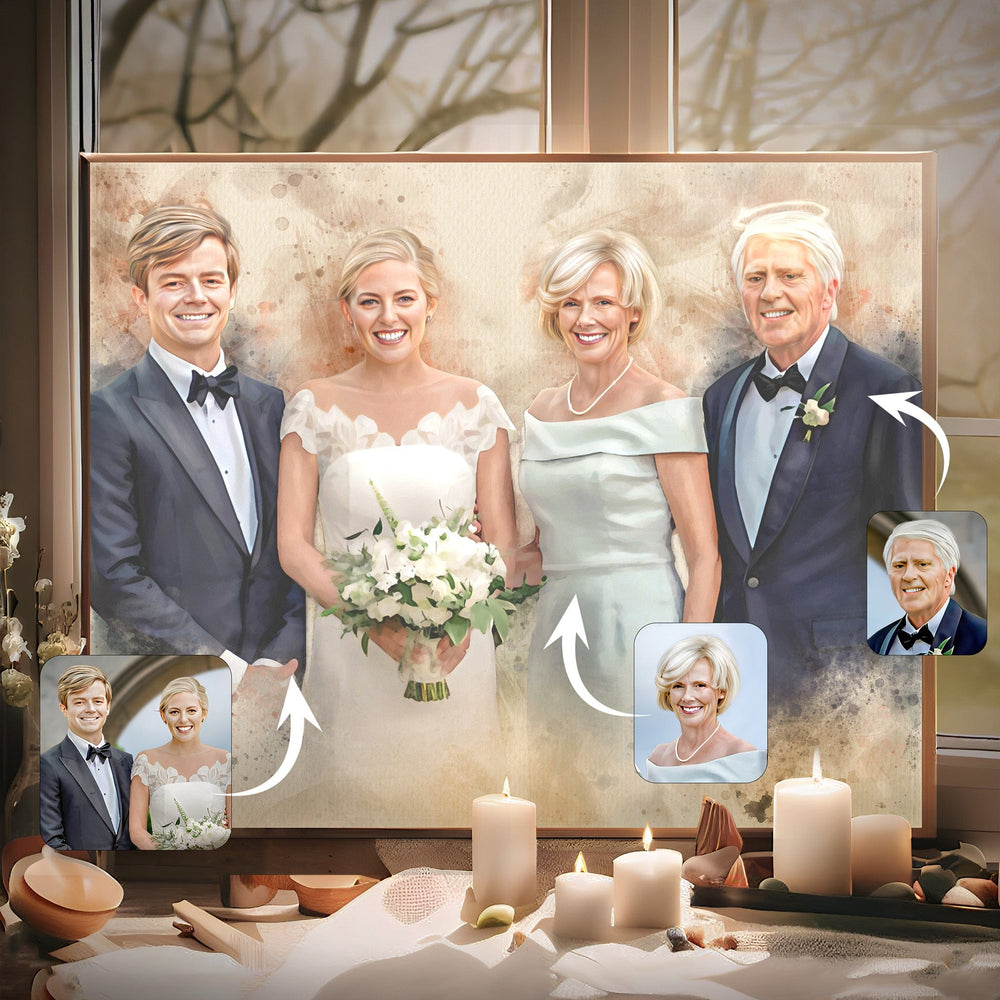How to Paint a Watercolor Pet Portrait (4 Easy Steps You Should Try)


Photo by Alexas Fotos from Pexels
Painting a beautiful pet portrait in watercolor can be a fun and relaxing activity. With the right supplies, some patience, and these easy steps, you can have your own watercolor pet portrait masterpiece in no time. Here's how:
Supplies You Need for Your Pet Portrait Project
Before you begin, make sure you have the following:
Watercolor paper or canvas
When deciding whether to use watercolor paper or canvas for your painting project, it's important to consider a few key factors.
- Watercolor paper is lightweight and absorbent, making it ideal for creating subtle washes and delicate details. However, it's best to stretch the paper before painting on it to avoid buckling as the paper absorbs water.
- Canvas provides an even surface for paints and has a more textured finish when compared to watercolor paper. For best results, coat the canvas with gesso primer before painting; this will help prevent the paint from soaking into the fabric too quickly.
Watercolor paints
When selecting watercolor paints, there are a few things to consider:
- Color: Choose watercolor paints that have the right hue and intensity for your project. Some companies offer specific shades and tones, so you may want to try a few sample paints before choosing the right one.
- Quality: Make sure to select paints that are of good quality; look for products with bright and opaque pigments for strong results.
- Quantity: Consider how much paint you need for your artwork. If working on a larger project, invest in larger tubes of each color instead of buying smaller ones.
Brushes of varying sizes

Order Your Watercolor Pet Painting Here
When selecting brushes of varying sizes, it is important to consider the following:
- Shape: Look for brushes that are designed for use with watercolor paints. Round and pointed sable hair brushes create fine details and delicate strokes.
- Size: Choose a range of brush sizes depending on the project. For smaller works, select thinner brushes, while larger works may require bigger brush sizes.
- Handle material: Consider whether the handle is made with natural or synthetic materials; natural materials such as wood will help you keep a better grip on the brush while painting.
Step 1 – Preparing The Canvas
Start by preparing the canvas. Using watercolor paper, stretch it with a board before painting to avoid buckling as the paper absorbs water. If you use a canvas, coat it with a layer of gesso primer. This will create an even surface for your painting.
Step 2 – Marking Out Sizes and Shapes
Whether you are using a picture of your pet or working from memory, sketch out the general shape of the animal first using light lines with your pencil or charcoal. Then mark off sizes by adding additional lines accordingly; this helps create form and structure for the portrait. Ensure that all proportions are correct before moving on to step three.
Step 3 – Adding Details
Once you have outlined your pet's body structure and proportions, it's time to start adding details! Use pencil strokes to capture facial features such as eyes, nose, and ears; draw fur patterns if needed. Don't forget to erase any stray marks that don't add to the overall look of the portrait.
Step 4 – Blocking In Color
Use either wet on dry or wet on wet techniques depending on how much detail you want in each area - start blocking in color with light washes until you get desired tones for each area of the painting. Make sure that each wash is completely dry before applying another layer on top. Remember to mix colors in between if needed!
Step 5– Refining Colors & Finishing Touches
Once all color blocks are laid down, it's time to refine them further by adding details like highlights and shadows - use darker shades where needed while being mindful not to add too much detail so that it remains loose and painterly looking!
Finally, turn any pencil outlines into paint lines with darker shades - then voila..your precious pet portrait is complete!
FAQs

Buy Custom Watercolor Pet Painting Here
Here are some FAQs for beginners in watercolor painting:
- What supplies do I need to get started? You'll need paints, brushes, paper or canvas, and water. Look for good quality materials that will help you create the best results.
- What techniques should I learn first? Begin with basic techniques such as wet-on-dry, wet-on-wet, and dry brush. Practice these techniques until you are comfortable with them before moving on to more complex ones.
- How can I prevent my painting from smudging? Work quickly and let each layer dry before applying the next one. If needed, you can use a blow dryer to speed up the drying process.
Show Your Pets Some Love
There are many ways your pets can make you feel like you're the best person in the world. They can even make you smile when you're down. For all the things they do for you, it is only right that they get some appreciation from you.
Make them feel like the world's most "good boy" with a custom portrait from Memorialize Art. The high-quality prints will capture how much they mean to you.










